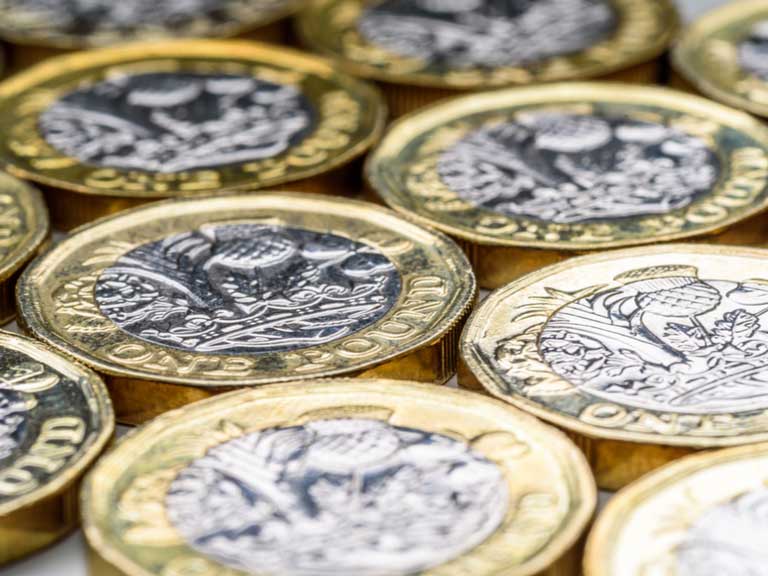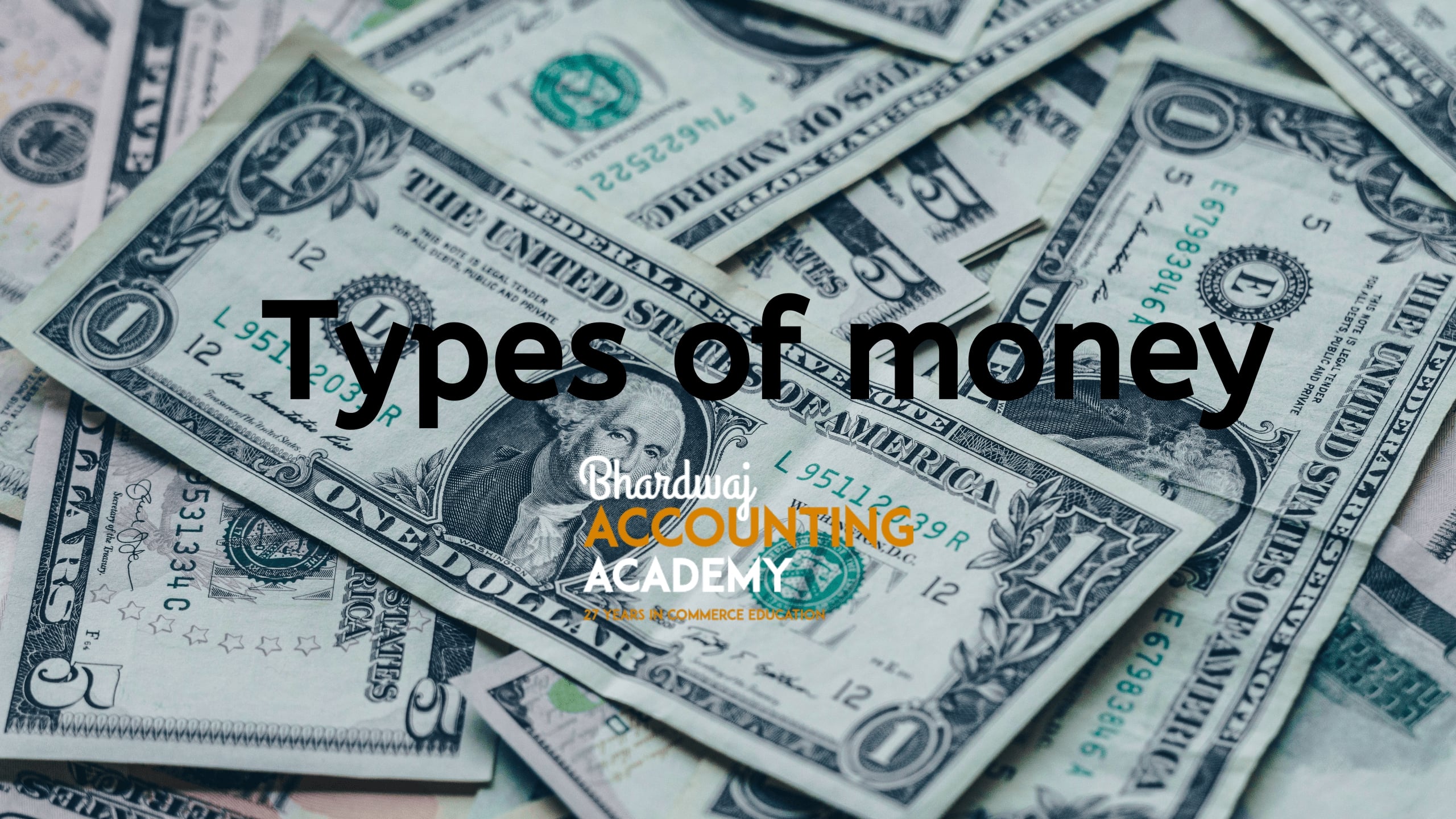Types Of Money. First, one objection to fiat money is the lack of intrinsic value. That means that anything can technically be considered money, but the most accepted kind today comes in the form of paper, coins (metallic money), and credits (backed by banks).

It builds on scarce natural resources that act as a medium of exchange, store of value, and unit of account.
Therefore, they cannot buy goods from another country using the local currencies.
The commodity form of money involves commodities, such as cattle, grains, leather, skins, utensils. On its own, money is essentially worthless - except for commodity money. The monetary base of a modern economy is made up of some or all of the following types of money (note that these definitions are not exclusive, meaning that there is some significant overlap): Fiat Money - this is the legal tender that we use today i.e. dollars, pounds, euros etc.






/GettyImages-555367139-56a27e0d3df78cf77276a929.jpg)